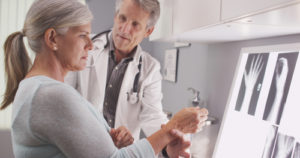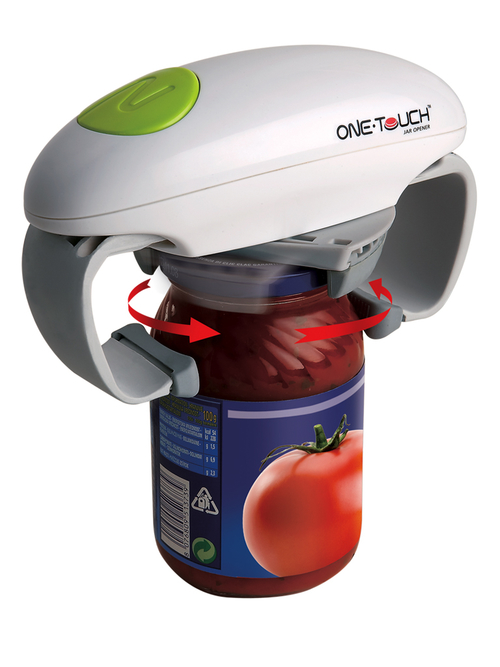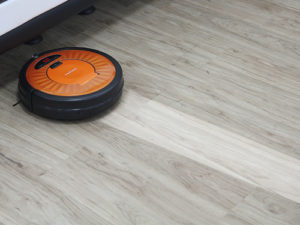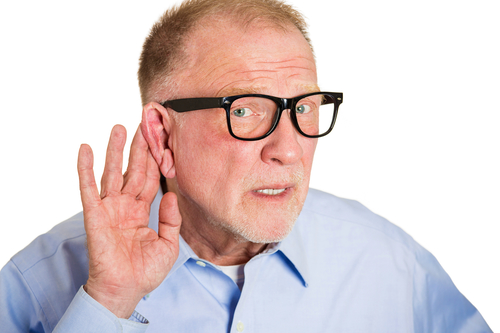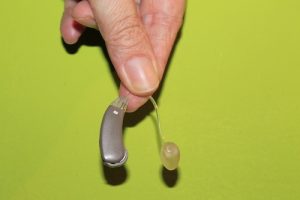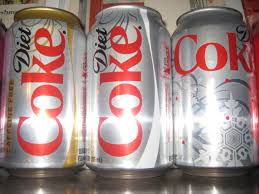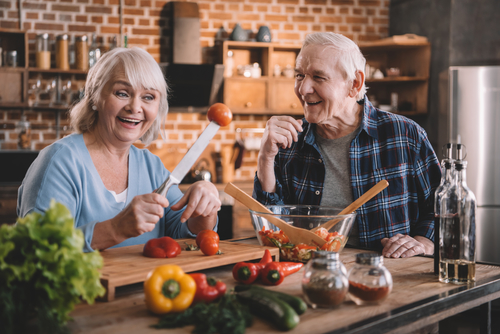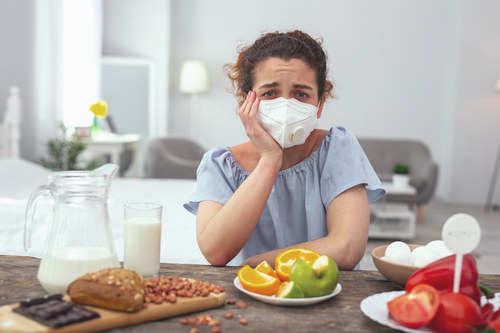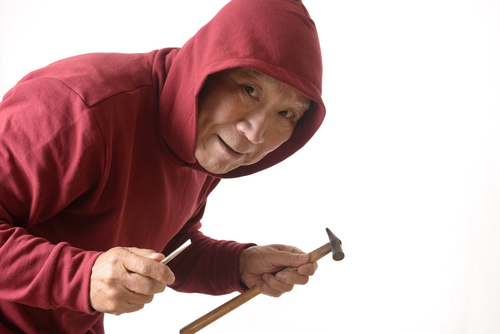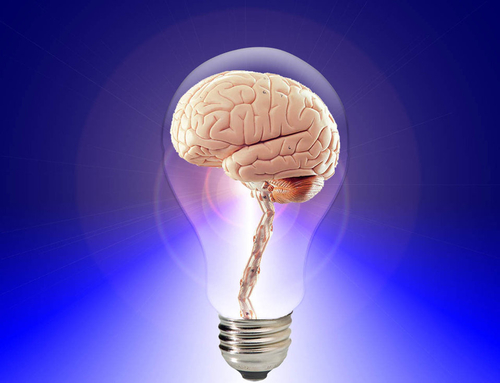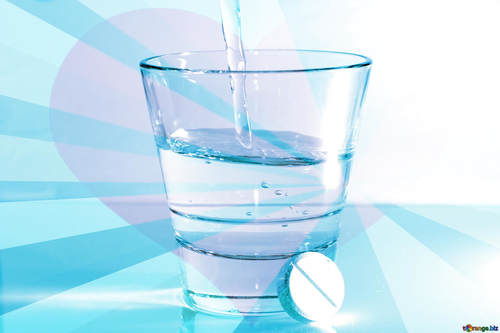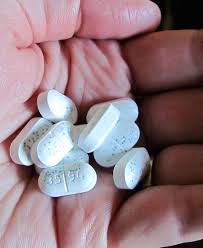
Around 46% of U.S. adults have high blood pressure, also known as hypertension, according to The American Heart Association and the American College of Cardiologists. Around half of that percentage have it under control. There are lifestyle changes you can do in addition to medication to help with this condition.

4 Lifestyle Changes to Help with High Blood Pressure
High blood pressure is a common problem in seniors because your arteries harden and fatty deposits build up.
1. Dietary Changes
A big thing you can do to help yourself is to lessen the amount of salt you eat. There is a lot of evidence that salt is connected to hypertension. Also, limit how much alcohol and caffeine you drink.
Potassium can lower blood pressure, so add foods like bananas, pomegranates, sweet potatoes, and spinach. Olive oil, cocoa flavonoids, tea, and garlic should be added too.
2. Everyday Health Changes
There are small changes that you can make that not only help with your hypertension, but with your overall health. Sleep apnea has been connected to high blood pressure levels and other conditions. Get tested for sleep apnea if you have any suspicions.
Supplements are helpful too. You should find ones that are good for potassium, Vitamin C, fiber, Omega 3 fish oil, and coenzyme Q10.
3. Meditation
Keeping calm does fantastic things with blood pressure levels. Taking part in meditation, relaxation practices, yoga, slow breathing, and Tai Chi are beneficial to those with hypertension.
4. Biofeedback
This can help people deal with symptoms with a variety of different health problems, including hypertension. How it works is that a person does deep breathing with Resperate, which is a biofeedback device. It encourages slow, deep breath by giving feedback about the patient’s breathing.
Read more here.



